Fetal development progresses at an astonishing speed. In this article, Flo explains when a baby in the womb can hear and describes the development of hearing, from the cells arranging into ears to recognizing the mother’s voice in the womb.
-
Tracking cycle
-
Getting pregnant
-
Pregnancy
-
Help Center
-
Flo for Partners
-
Anonymous Mode
-
Flo app reviews
-
Flo Premium New
-
Secret Chats New
-
Symptom Checker New
-
Your cycle
-
Health 360°
-
Getting pregnant
-
Pregnancy
-
Being a mom
-
LGBTQ+
-
Quizzes
-
Ovulation calculator
-
hCG calculator
-
Pregnancy test calculator
-
Menstrual cycle calculator
-
Period calculator
-
Implantation calculator
-
Pregnancy weeks to months calculator
-
Pregnancy due date calculator
-
IVF and FET due date calculator
-
Due date calculator by ultrasound
-
Medical Affairs
-
Science & Research
-
Pass It On Project New
-
Privacy Portal
-
Press Center
-
Flo Accuracy
-
Careers
-
Contact Us
When Can a Fetus Hear? A Guide to Hearing Development in the Womb
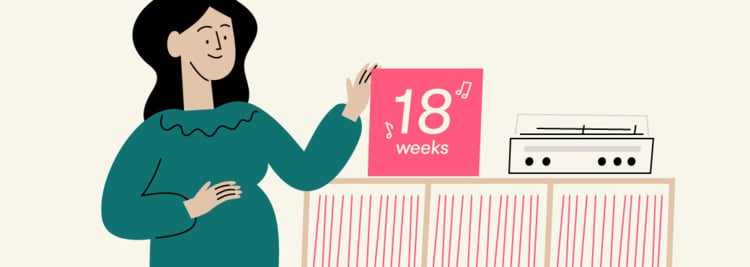

Every piece of content at Flo Health adheres to the highest editorial standards for language, style, and medical accuracy. To learn what we do to deliver the best health and lifestyle insights to you, check out our content review principles.
When can a fetus hear?
At the beginning of a pregnancy, the baby is just a cluster of cells. As the pregnancy progresses, they develop functioning nerves, muscles, and organs. The baby may start to hear in the second trimester of pregnancy.
Stages of hearing development in the womb
For a fetus to hear, the structural portions of their ears need to form. This usually happens during the first 20 weeks of pregnancy. The neurosensory functions of the hearing system generally develop after 20 weeks of pregnancy.
The cochlea in the middle ear and the auditory cortex in the brain’s temporal lobe play a vital role in auditory system development. Months five and six of pregnancy are an important time for the development of the neurosensory portion of the sense of hearing.
At week five of pregnancy, the embryo consists of three layers. The outermost layer (ectoderm) will form the baby’s outermost skin layer, peripheral and central nervous systems, inner ears, and eyes.
By week six of pregnancy, the neural tube along the back of the baby closes and forms into the spinal cord and brain. This is when the structures that are essential for the development of the baby’s ears and eyes also develop.
During month two (about the ninth week of pregnancy), the baby’s facial features continue developing. Each ear starts as a tiny fold of skin on the side of their head.
During the 10th week of pregnancy, the baby’s external ears are continuing to develop. By the 16th week of pregnancy, their ears are very close to their final location.
By the 18th week of pregnancy, the baby’s ears may be on the side of their head, and they may be able to hear. By week 20, the baby may wake up from movements or noises, becoming sensitive to sounds.
By the 25th week of pregnancy, the baby may start responding to familiar noises or sounds by moving inside the womb or having an increased pulse. By around the 25th to 28th week of pregnancy (the seventh month), the baby’s hearing is completely developed.
Can a fetus hear their mother’s voice?
The environment in the womb presents a wide range of sensory stimuli. The voice of their mother is possibly the most important of all. Studies show that fetuses may be able to differentiate between the voice of their mother when it is played by a loudspeaker placed on the mother’s abdomen and the voice of their mother that is produced by her normal speaking.
When can a fetus hear their mother’s voice?
By the 25th week of pregnancy, the fetus may be able to hear their mother’s voice. Unlike the development of sight, the development of hearing needs auditory stimulation from outside. This may include music, speech, and other meaningful sounds or voices from their environment.
Take a quiz
Find out what you can do with our Health Assistant
What can a baby hear in the womb?
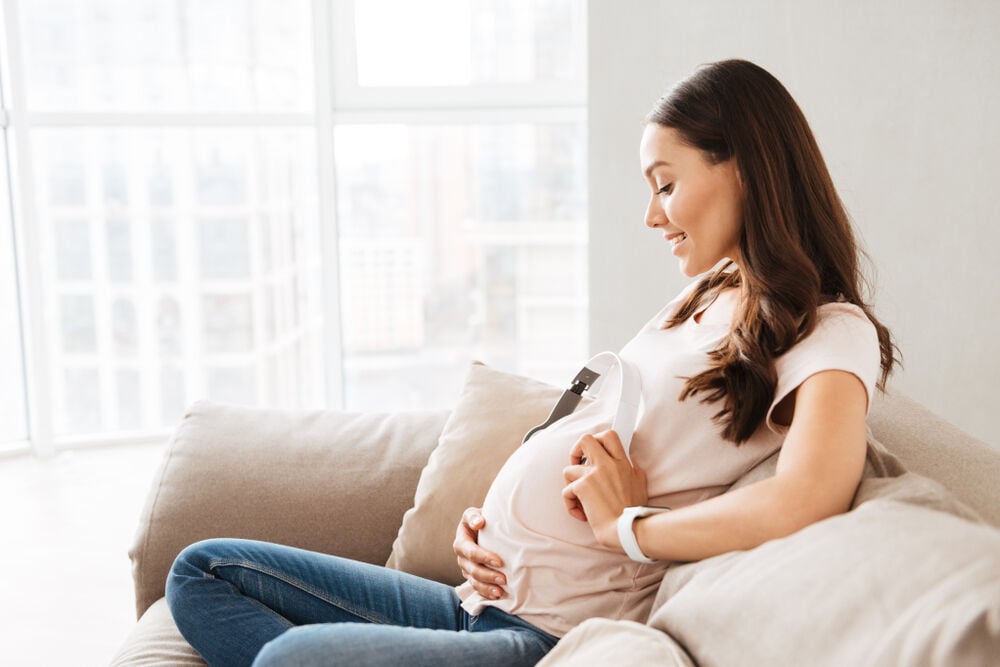
As the fetus grows and develops, they may be able to hear more and more sounds. The baby may be able to hear sounds such as their mother’s heartbeat, the movement of air inside the lungs, the growling of the stomach, and the sound made by blood flowing in the umbilical cord.
Babies in the womb may start responding to noises and voices around week 25 of pregnancy. However, the noises and sounds from the outside environment are reduced to about half when they reach the baby because they’re surrounded by amniotic fluid. Layers of tissue also wrap the fetus. All this muffles the noises and sounds from the outside environment.
In summary
Babies in the womb may start hearing by week 18 to 20 of pregnancy and may wake up from movements or noises. By the 25th week of pregnancy, they may start responding to their mother’s voice by moving inside the uterus or having an increased heart rate. The noises from the outside environment are muffled to almost half as they reach the baby because they’re surrounded by amniotic fluid and tissue.


Hey, I'm Anique
I started using Flo app to track my period and ovulation because we wanted to have a baby.
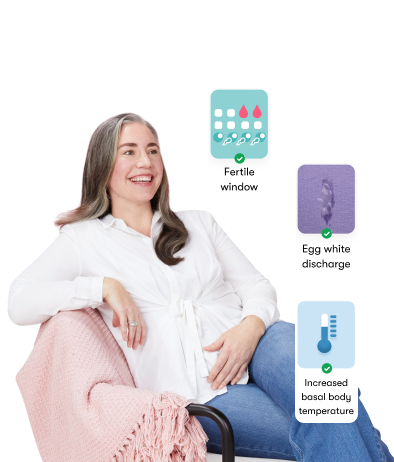
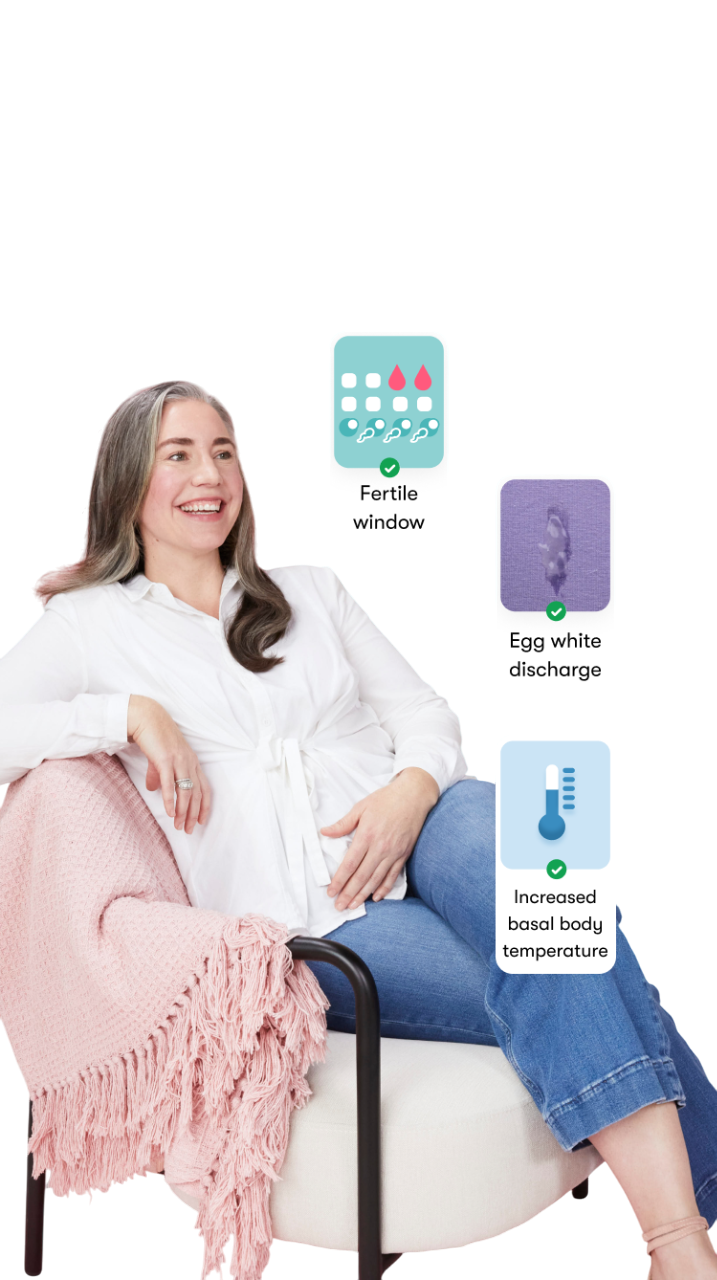
The Flo app helped me learn about my body and spot ovulation signs during our conception journey.
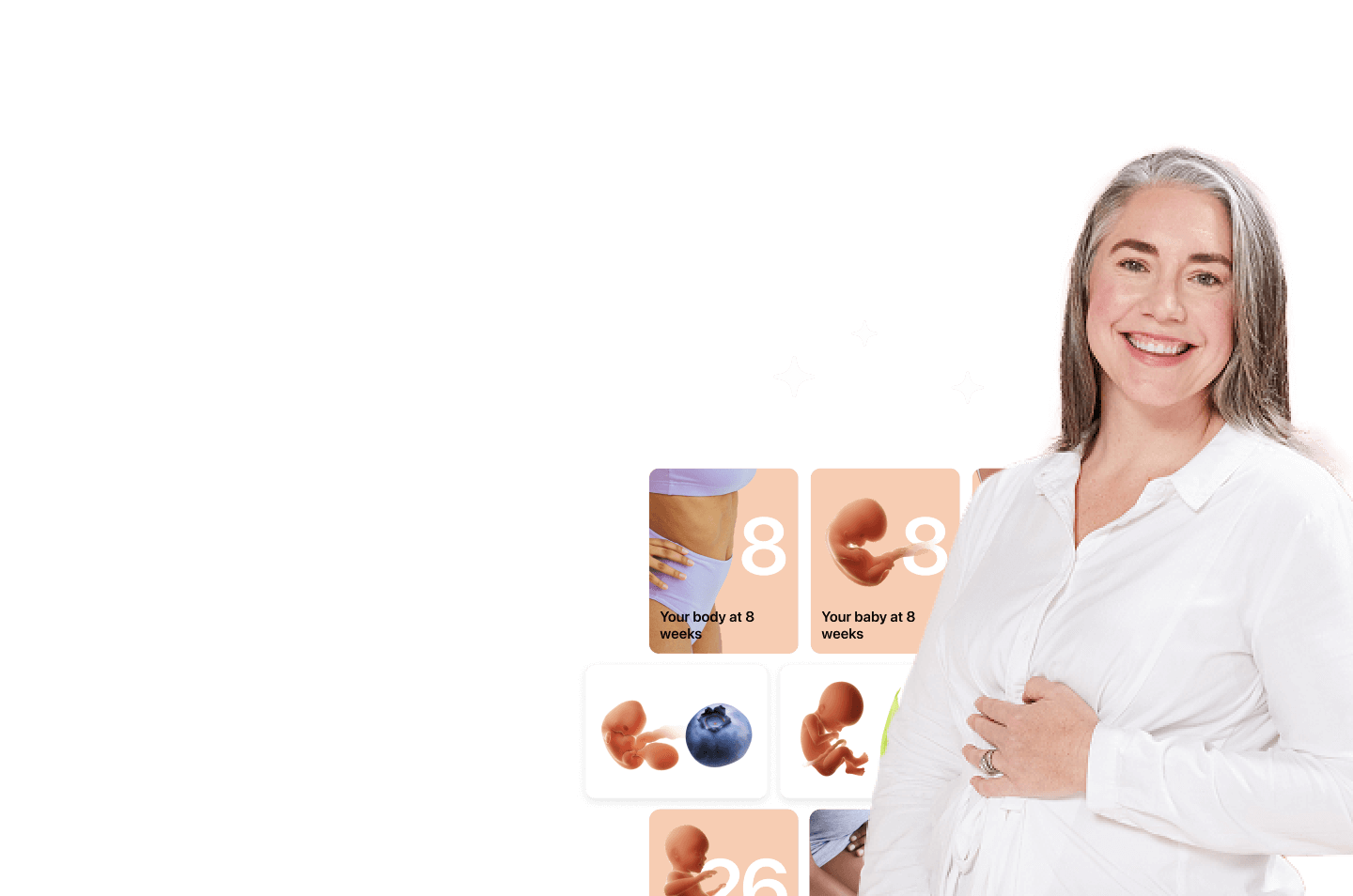
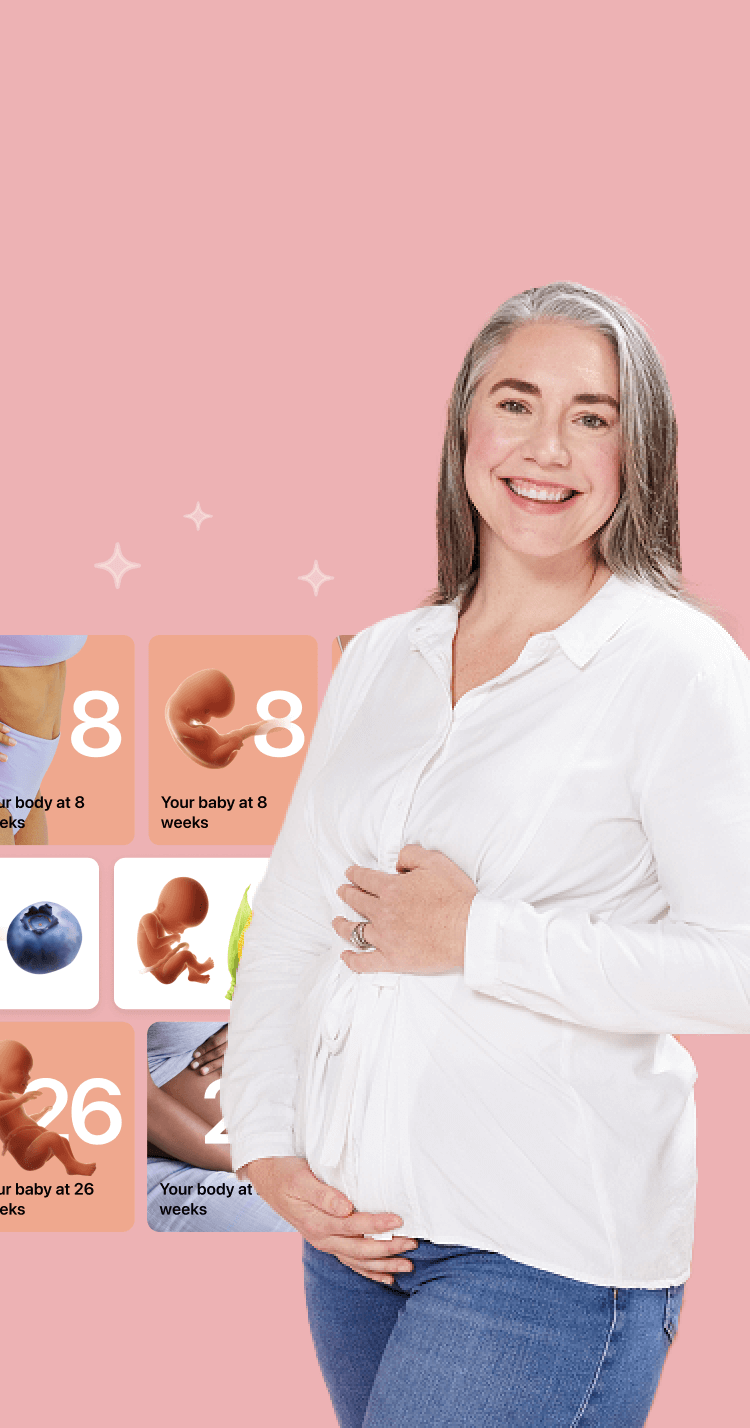
I vividly
remember the day
that we switched
Flo into
Pregnancy Mode — it was
such a special
moment.
Real stories, real results
Learn how the Flo app became an amazing cheerleader for us on our conception journey.
References
History of updates
Current version (07 November 2020)
Published (04 May 2020)
In this article
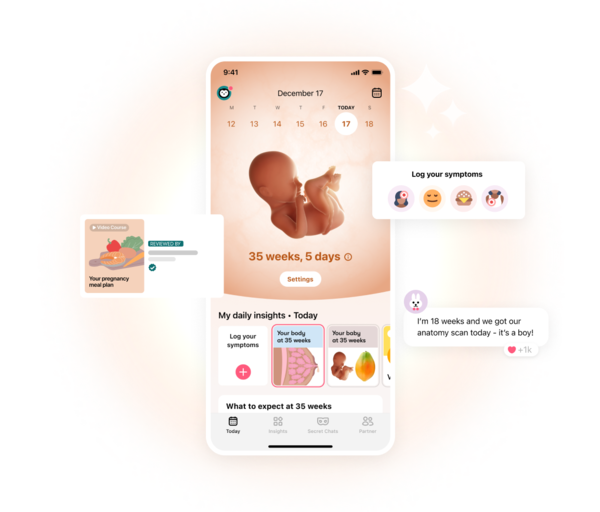
Get your personal guide to pregnancy with the Flo app
-
Follow your baby's growth week by week
-
Get expert info on symptoms, safe foods, and more
-
Chat with other parents-to-be




